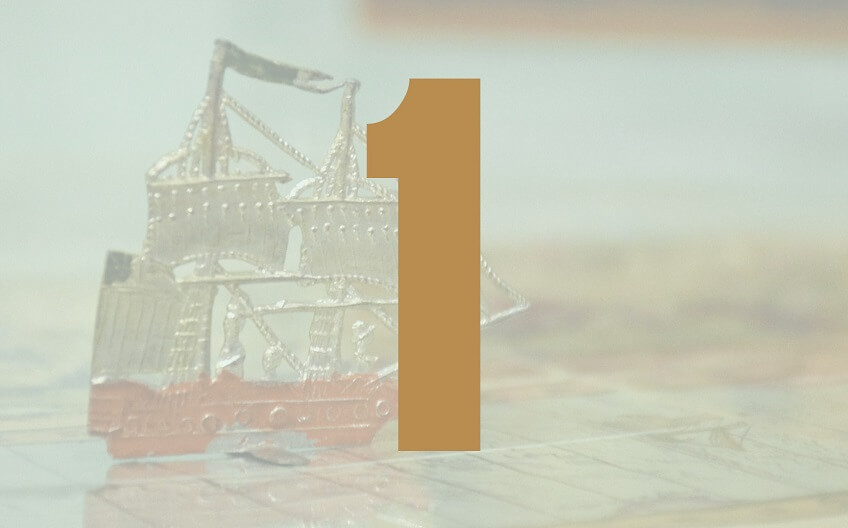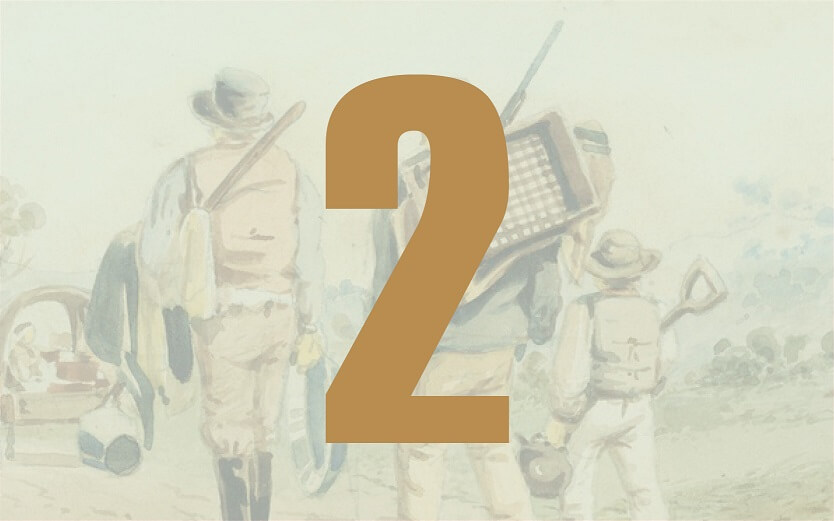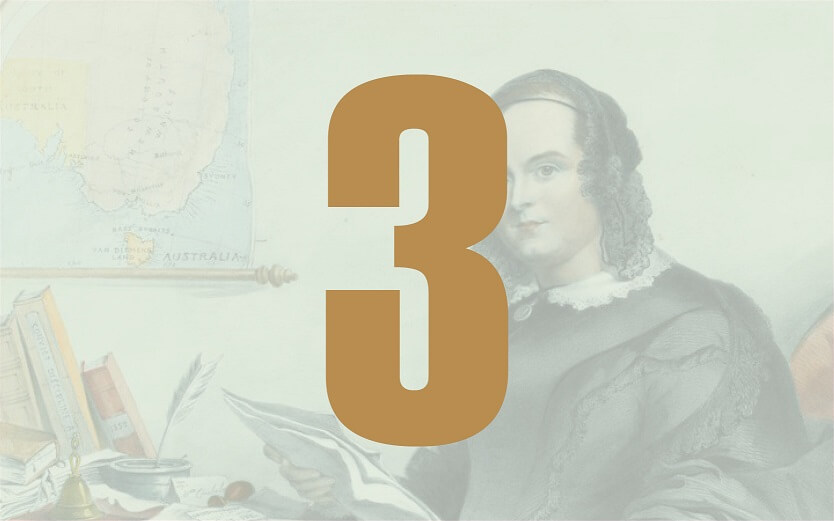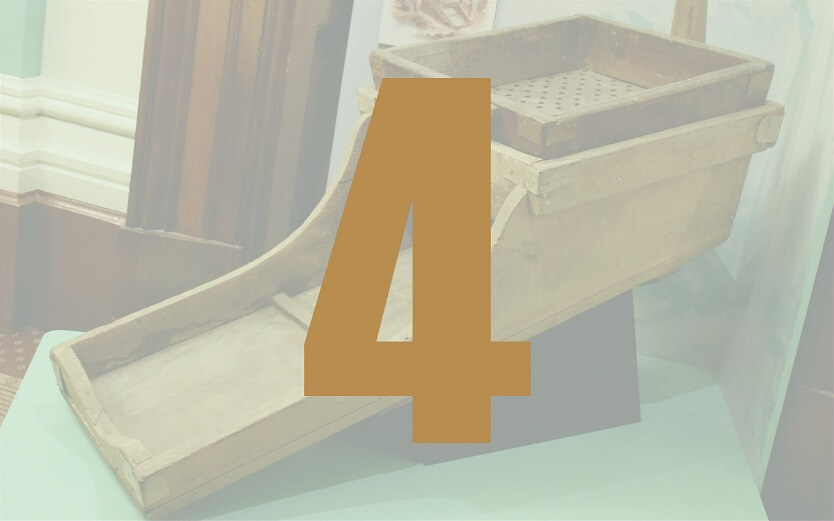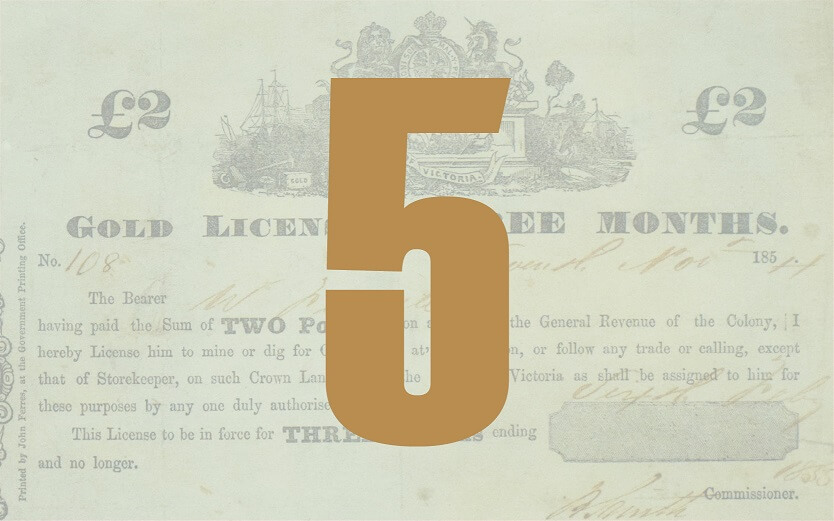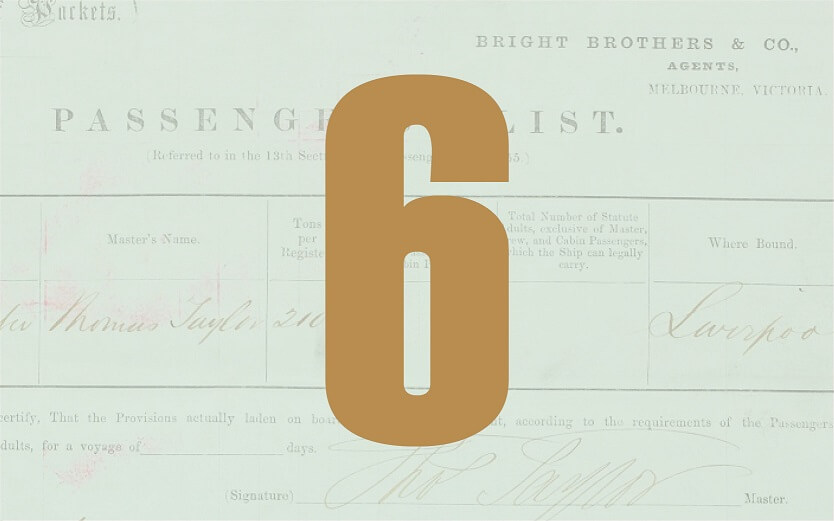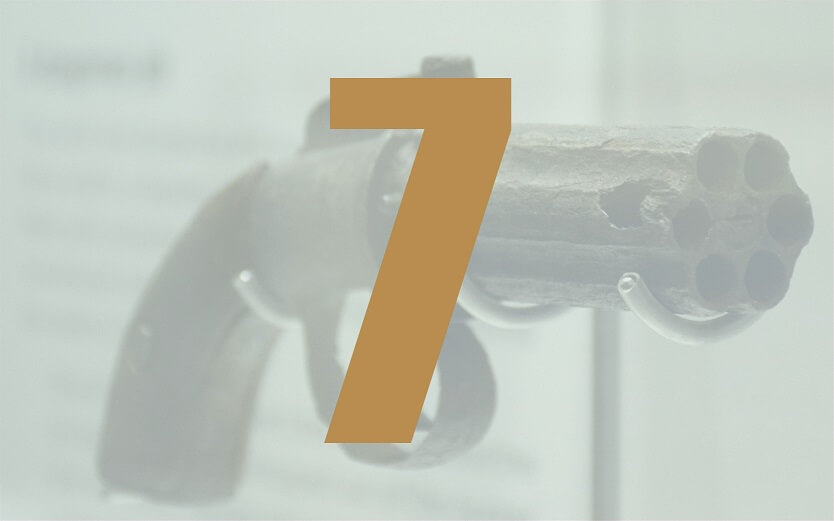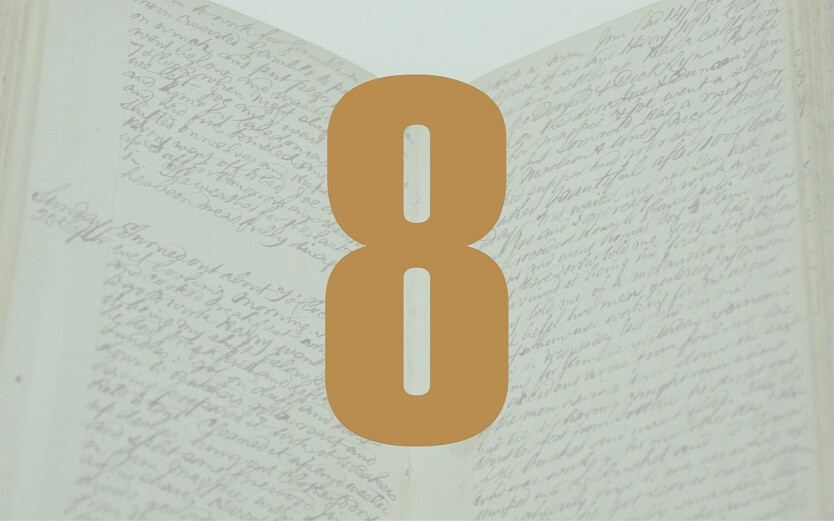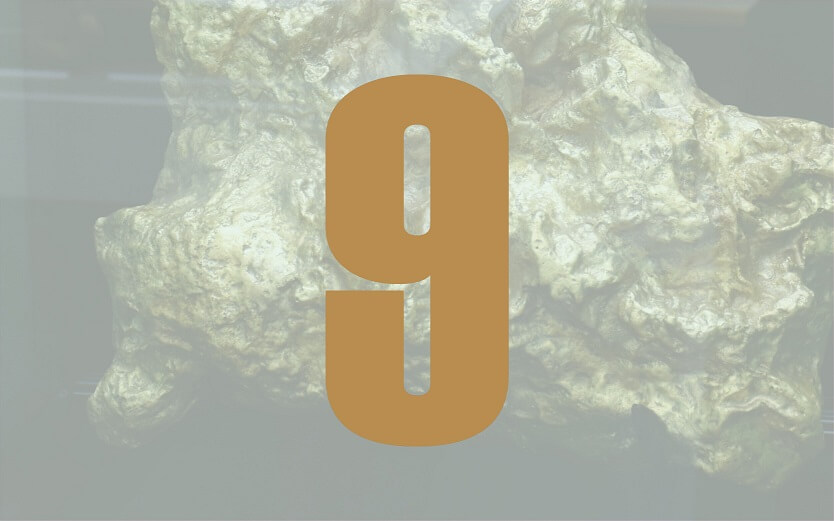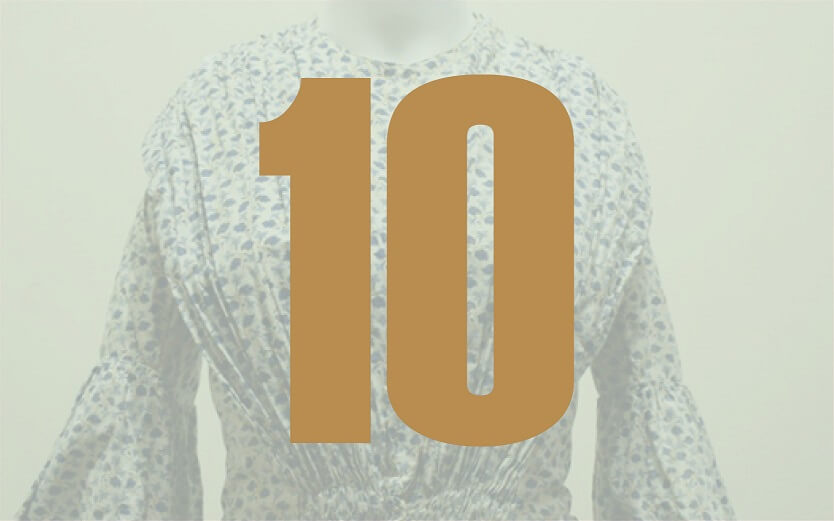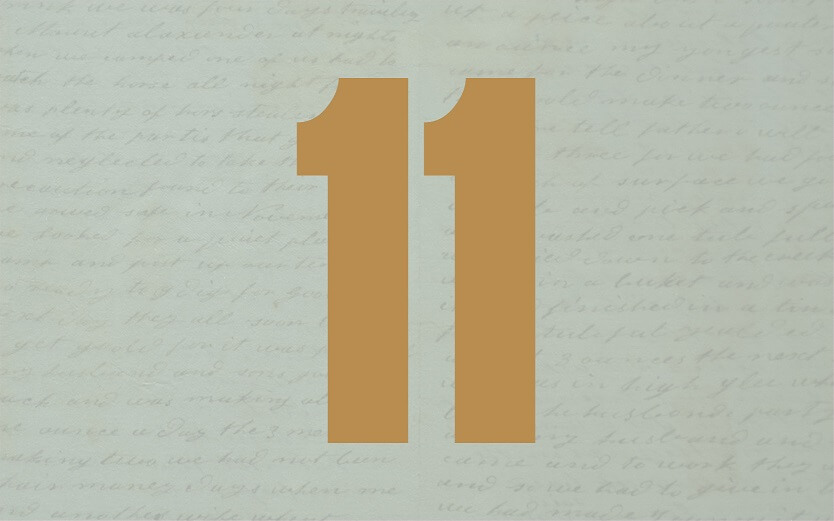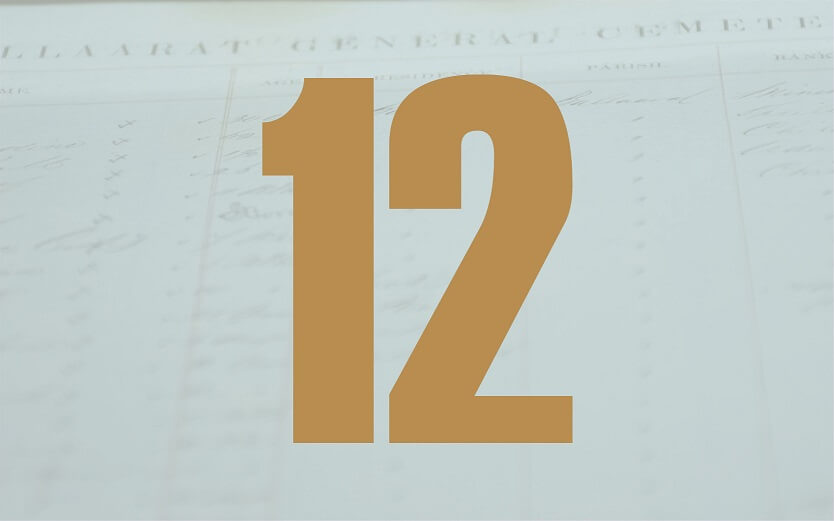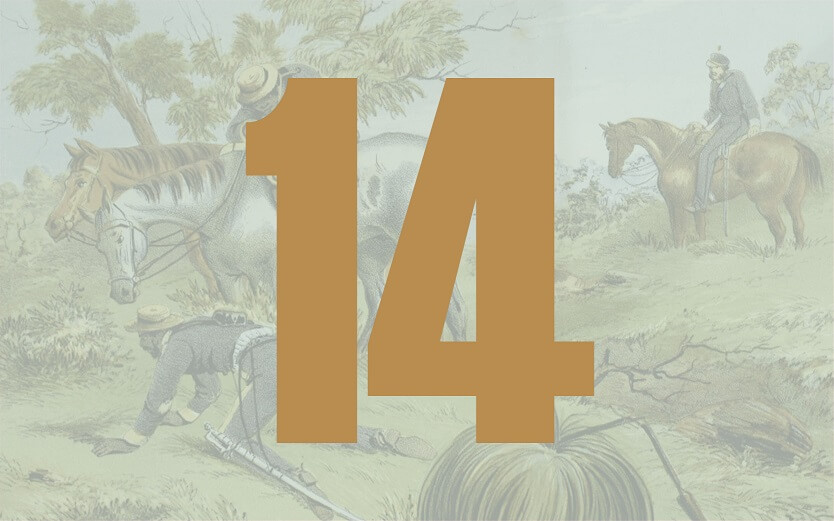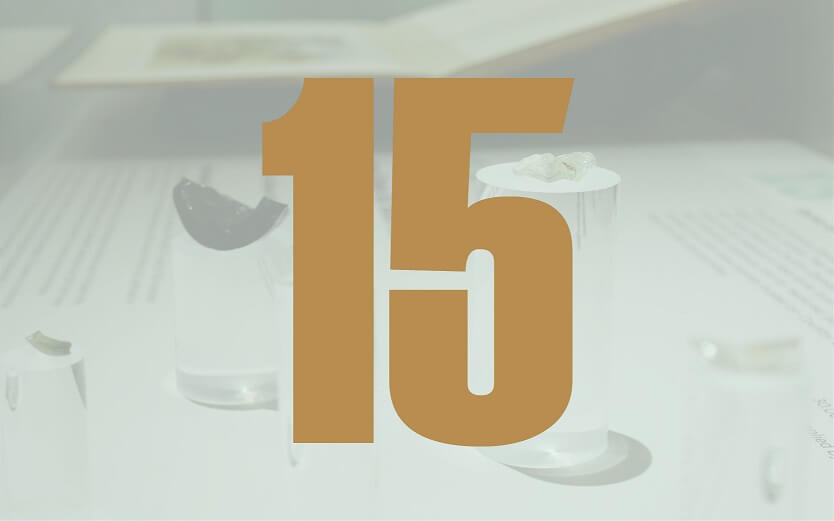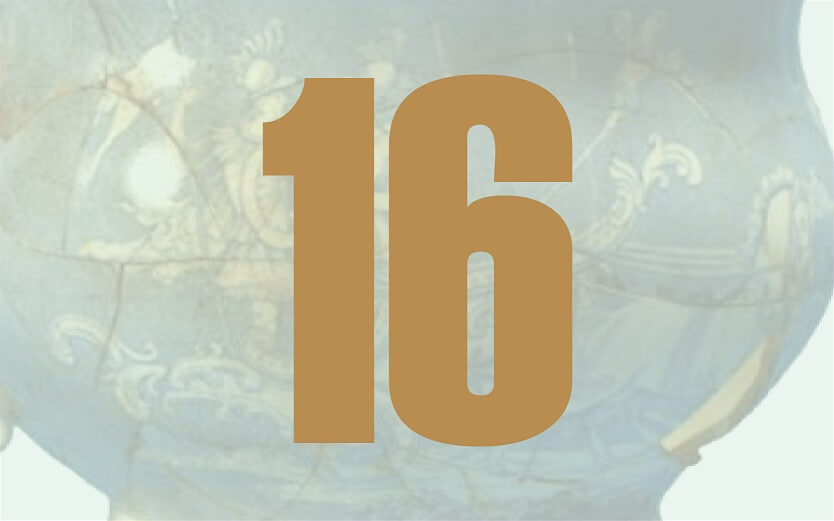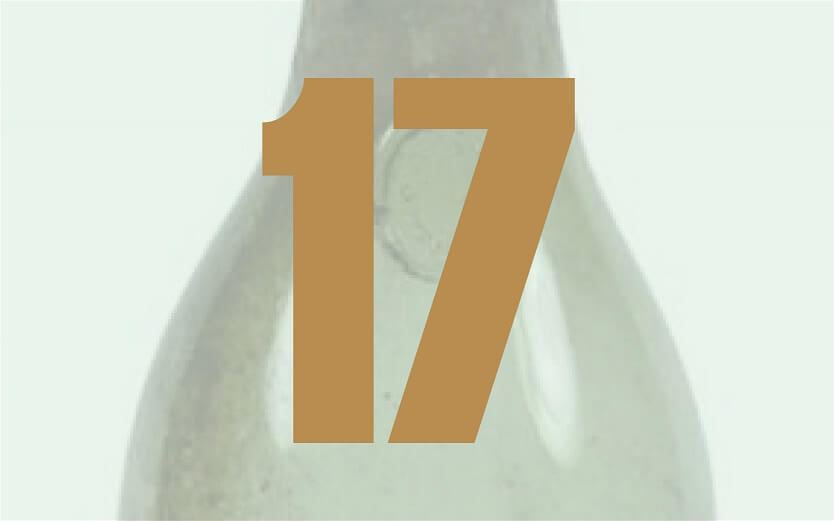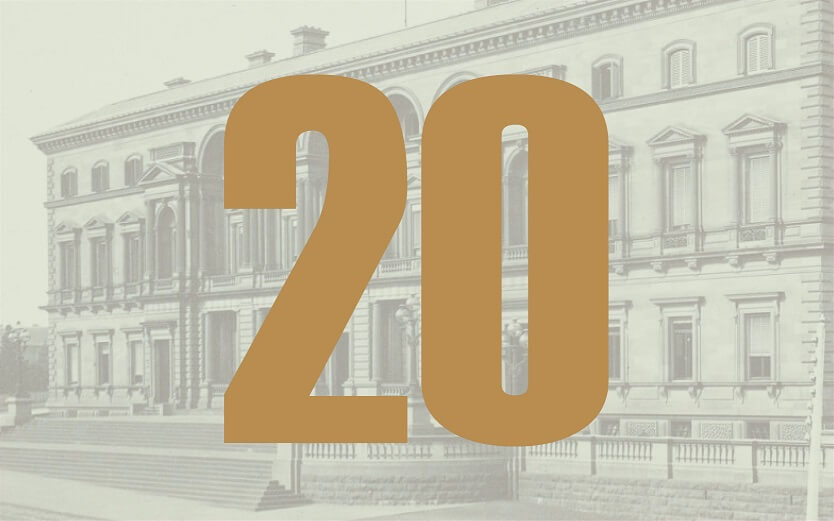Race to the Gold Diggings board game
Gold is discovered In March 1851 Englishman Edward Hargraves announced in the Sydney Morning Herald that he had found gold just outside the New South Wales town of Bathurst.
The Australian Sketchbook: colonial life and the art of ST Gill
It is an easy thing to say "I'll go to the diggings" but no one knows what it means till he has tried it. Author and miner, William Howitt Object 2 in Gold Rush: 20 Objects, 20 Stories is a watercolour by Samuel Thomas Gill, on loan from State Library Victoria.
Caroline Chisholm proposes ‘Stations for Immigrants’
Caroline Chisholm (1808-1877) was one of the most famous people to visit the Victorian goldfields during the 1850s. Unusually for a woman at this time, she pursued a public career in philanthropy that made her a household name both in Britain and in Australia.
Gold Washing Cradle
There are, we should say, about a thousand cradles at work, within a mile of the Golden Point, at Ballarat. There are about fifty near the Black Hill, about a mile and a half distant, and at the Brown Hill Diggings there are about three or four hundred more.
Gold Licence
During the 1850s the population of Victoria almost trebled as gold seekers surged into Melbourne then onto the goldfields. The gold licence The colonial governments in Melbourne and Sydney imposed a licence fee to dig for gold.
Shipping register of the Royal Charter
In the early 1800s the voyage from Europe to Australia took between four and five months. By the 1850s sleek, faster clipper ships had been designed. Captains of the clippers regularly competed with each other to make the quickest trip.
A pistol from the Eureka Lead, Ballarat
The diggers seem to have two especial propensities, those of firing guns and felling trees. - Author and miner, William Howitt These dilletantes [...] send the bullets in all directions, even into other miners' tents.
Diary of an Unknown Miner
[A]dvise him first to go and dig a coal-pit; then work a month at a stone-quarry; next sink a well in the wettest place he can find, of at least fifty feet deep; and finally, clear out a space of sixteen feet square of a bog twenty feet deep.
Welcome Stranger Replica Nugget
Between 1851 and 1861 Australia exported at least 30 million ounces (850 metric tons) of gold - more than one third of the world’s total. The diggings were a casino but the prizes went more to men of strength and stamina.
1850s Day Dress
This summer day dress was in the 'must-have' style of the mid-1850s. It was known as a crinoline, from the wide, bell-shaped skirt. Women of all ages and all classes of society wore crinoline dresses in Victoria, though they were not very practical for everyday tasks about the house.
Sarah Davenport: a working woman at the diggings
In about 1869 Sarah Davenport sat down to record her experiences of immigration and life in New South Wales and Victoria in the 1840s and fifties. Her laboriously handwritten account was entitled 'Scech of an emegrants Life in australia from Leiving England in the year of our Lord 1841'.
Ballarat Cemetery record book
A child’s life Goldfields must have been exciting places for children, but also unsettling and dangerous. Families moved about a lot. They often lived in makeshift shelters and there were hazards everywhere.
Victoria the Golden
In 1907 the Premier of Victoria Thomas Bent purchased Victoria the Golden from the artist William Strutt for £120 and presented it to the Victorian Parliamentary Library.
Glass tools made by the Dja Dja Wurrung (Djarra) People
The Dja Dja Wurrung (Djarra) People lived on Country in the Bendigo region of central Victoria. They were highly resourceful people. There were many places on Country (Djandak) that Djaara People could access the raw materials to make stone tools for hunting, gathering, food preparation, ceremony, and for medicinal purposes.
Chamber pot from Mayor Smith’s house
They say a person is defined by their chamber pot. Well probably not, but it is easy to imagine that this would be just the style that Mayor Smith or his wife Ellen would have fancied for themselves.
Absinthe Bottle from Little Lon
This absinthe bottle was found in a rubbish pit at Little Lon (in Melbourne’s north-east corner) with nine more just like it, along with French champagne bottles, imported spirits and 300 odd oyster shells.
The humble petition of the Chinese Storekeepers
The humble petition of the Chinese Storekeepers, miners and others now resident on and in the neighbourhood of the Bendigo gold fields in the said Colony, ordered by the Legislative Assembly to be printed 2 December.
The Old Treasury Building- Object 20
What is the 20th Object…? The Old Treasury Building, of course! The volume of gold found in the first few years of the gold rush was staggering - some six million ounces was brought to Melbourne between 1853 and 1857.

